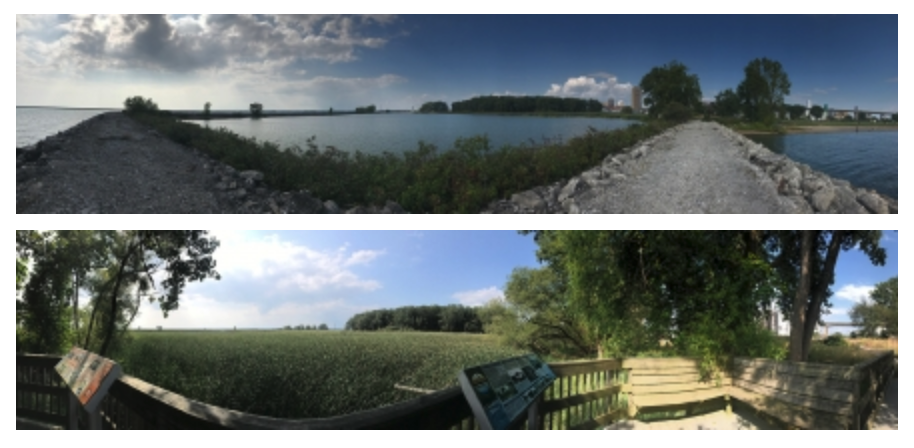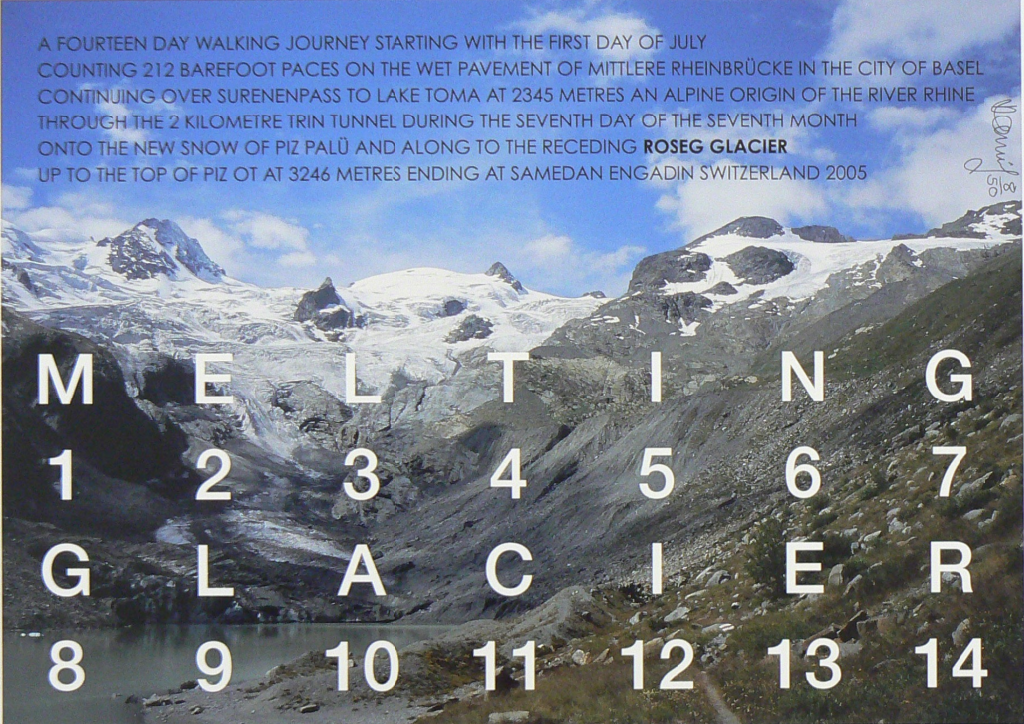
Teri Rueb, Times Beach (2017)
“Times Beach Nature Preserve is located in the Buffalo Outer Harbor, near the mouth of the Buffalo River. Times Beach responds to the varied histories and futures of this unusual site, from its broad link to the ecosystem of the Great Lakes, to the role of these waters as a vital resource for Native Americans who have lived along the shores of Lake Erie and the Niagara River for thousands of years. With waves of European settlement, the harbor became built up and eventually what was once open water became an urban beach. Irish and Portuguese immigrants created a shantytown on “The Beach” in the mid-19th Century, but residents were ultimately evicted in the early years of the twentieth century due to increasing industry. With the rise of the Parks movement and demand for public spaces for leisure, “Times Beach” was designated a recreational beach in 1931 and named after the newspaper that promoted this new use. However, the beach was soon closed due to industrial contamination. Through the mid-twentieth century the site was used as a contained disposal facility for river and harbor dredge. Today it has been restored as a nature preserve that supports a remarkable number of migrating birds and butterflies, as well as wild urban plants and animals. Times Beach is a sound walk that weaves together sonic traces of these different moments, building a palimpsest of voices, field recordings and resonances that evoke the various temporalities and textures of the site. Delivered as a free downloadable app for iPhone and Android devices, visitors are invited to wear headphones and discover an aural overlay that responds to their movement as they wander the boardwalks, seawalls and blinds of the preserve.”
